Huawei P50 Pro review: A frustratingly brilliant Google-free smartphone
With an app gallery stocked like never before, Huawei's latest P-series is almost good enough to take on Android
-
+
Excellent display
-
+
Beautiful design
-
+
Picture-perfect cameras
-
-
Expensive

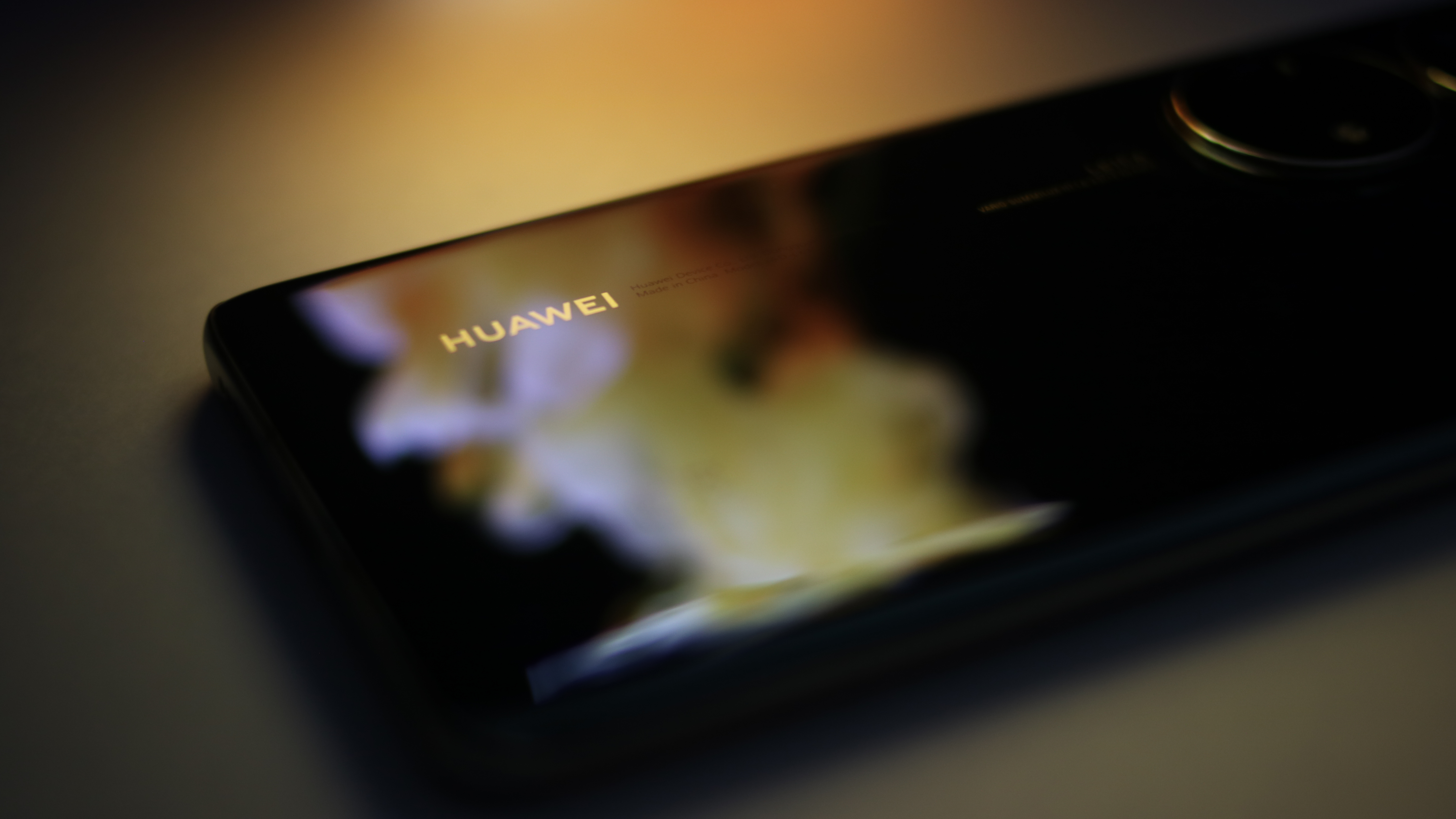
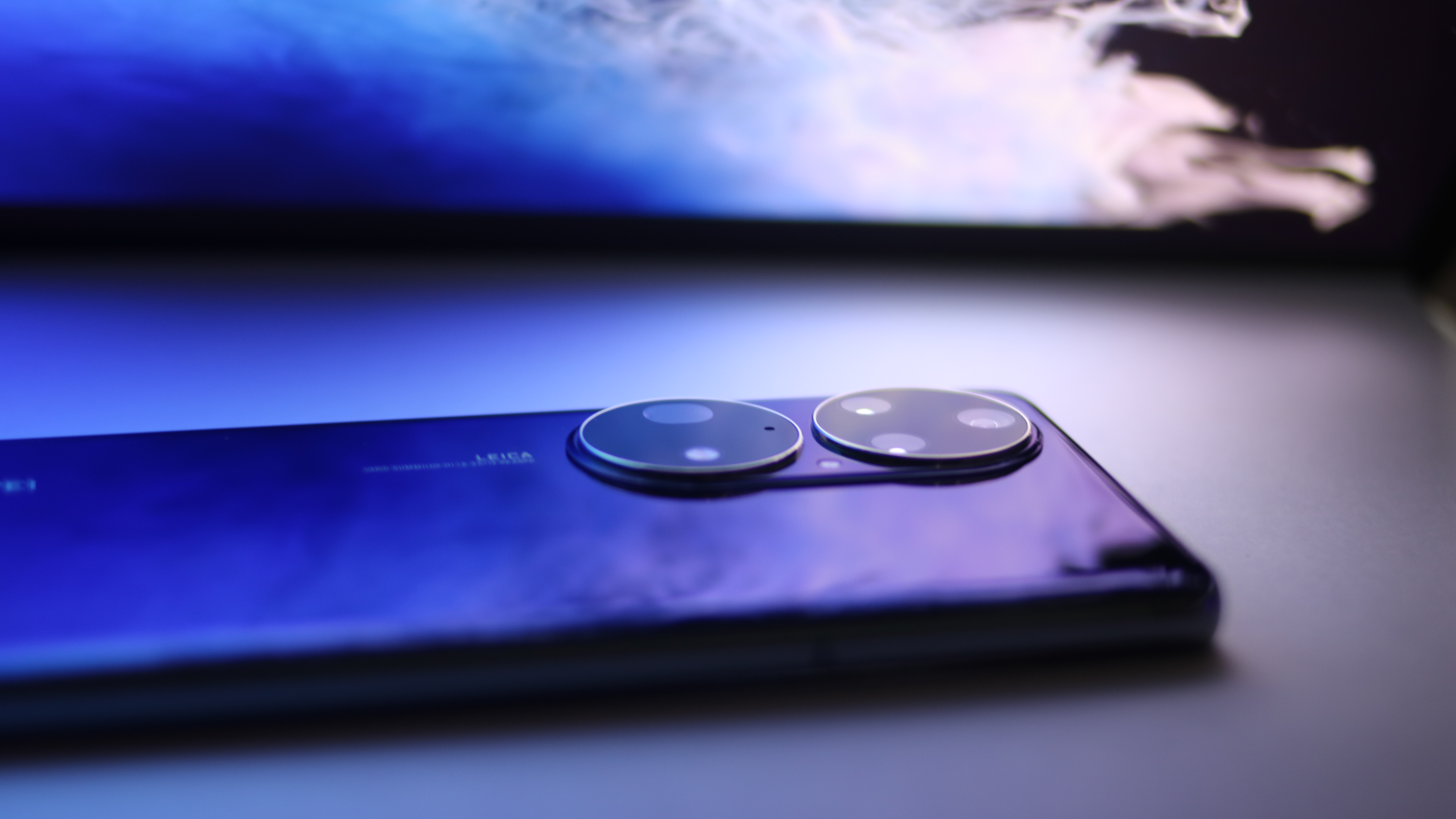

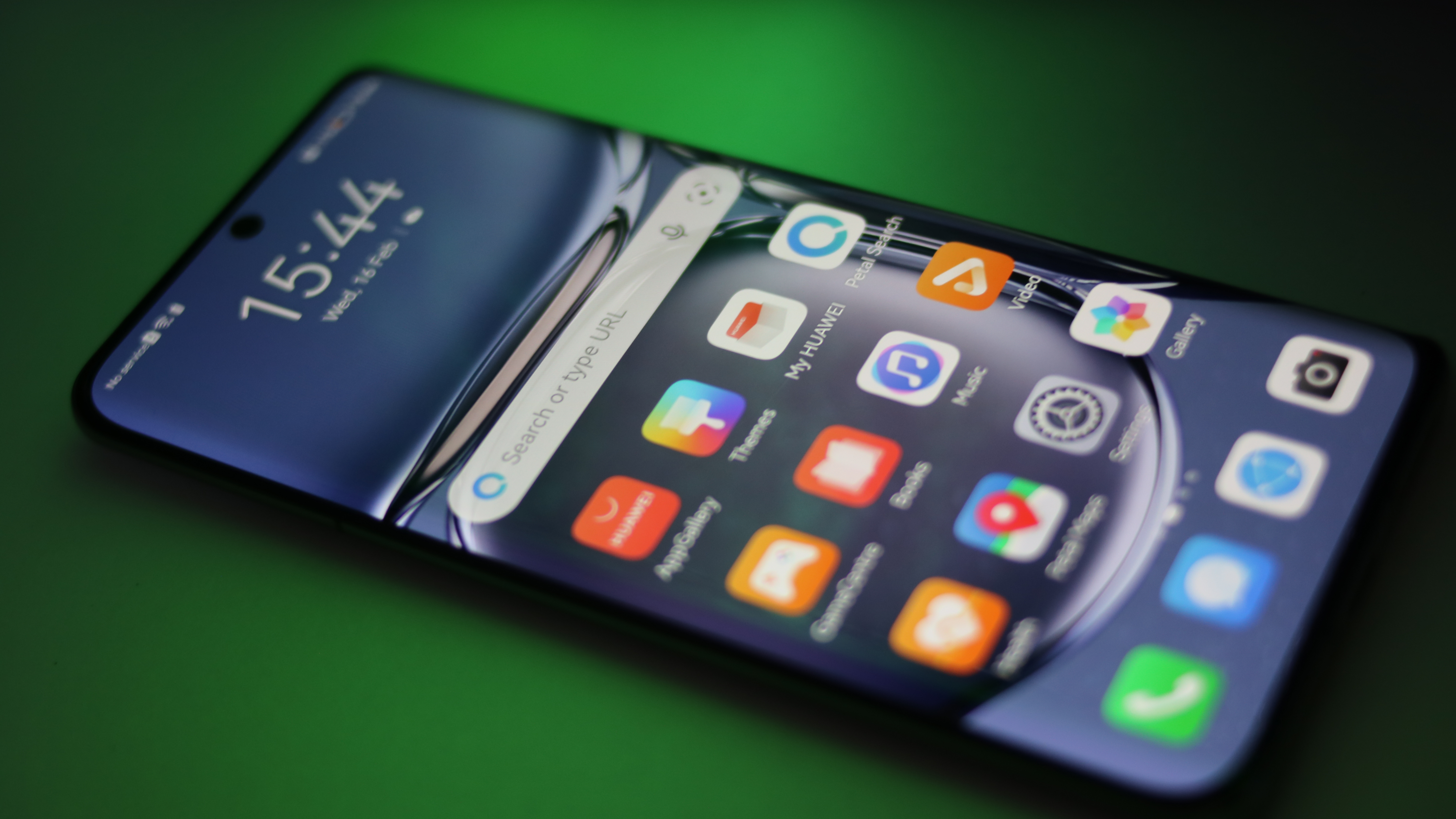
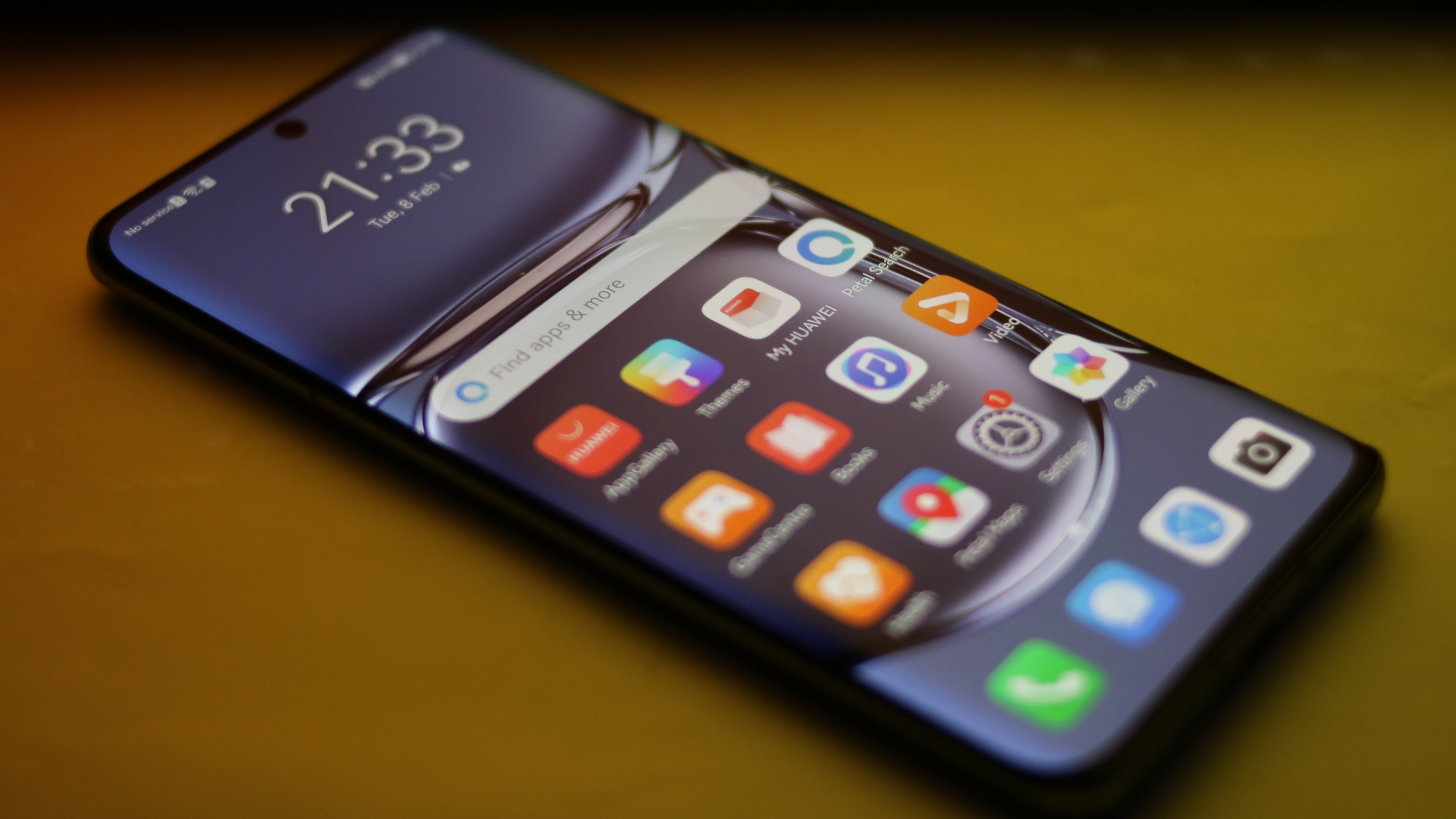
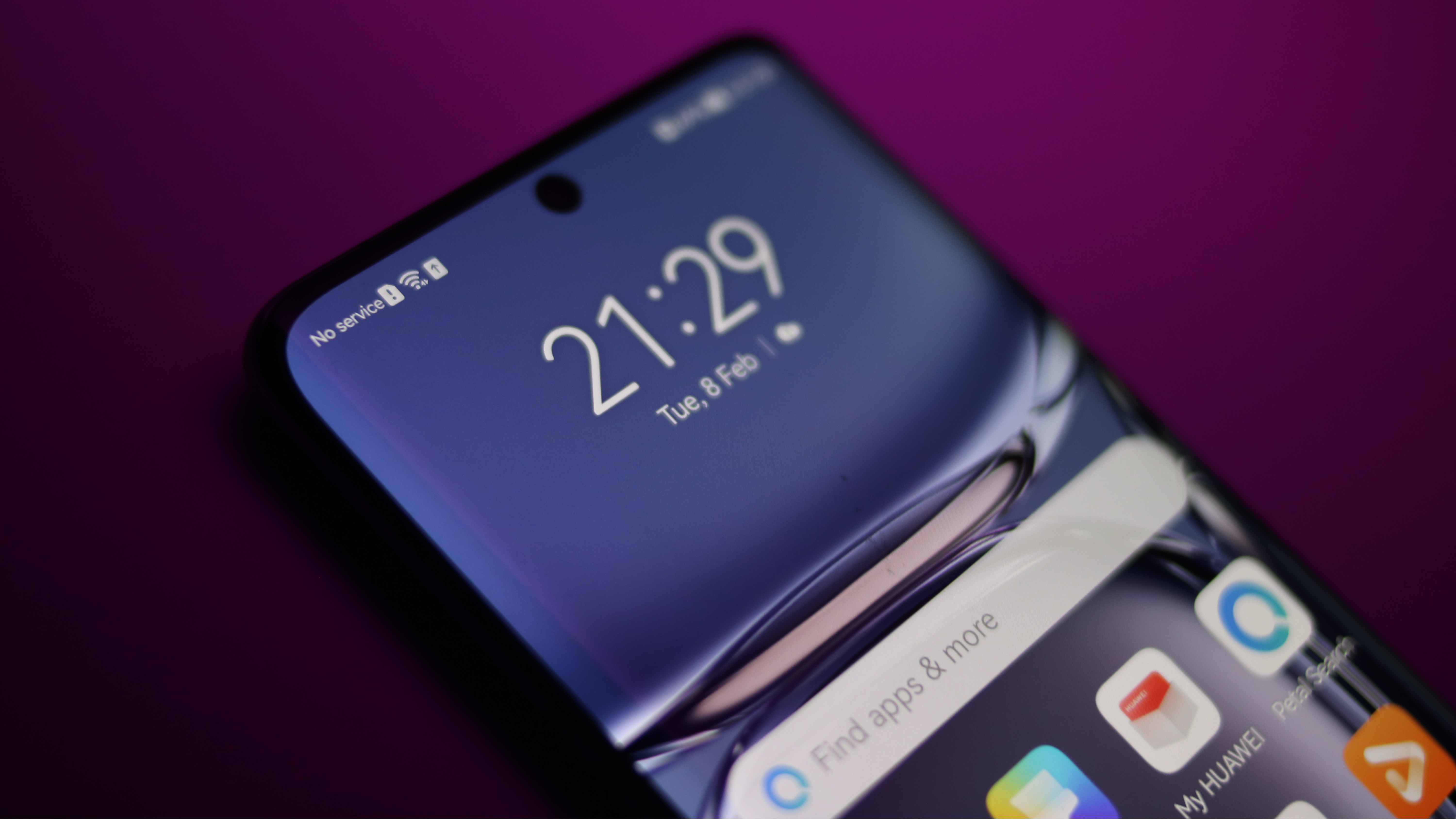

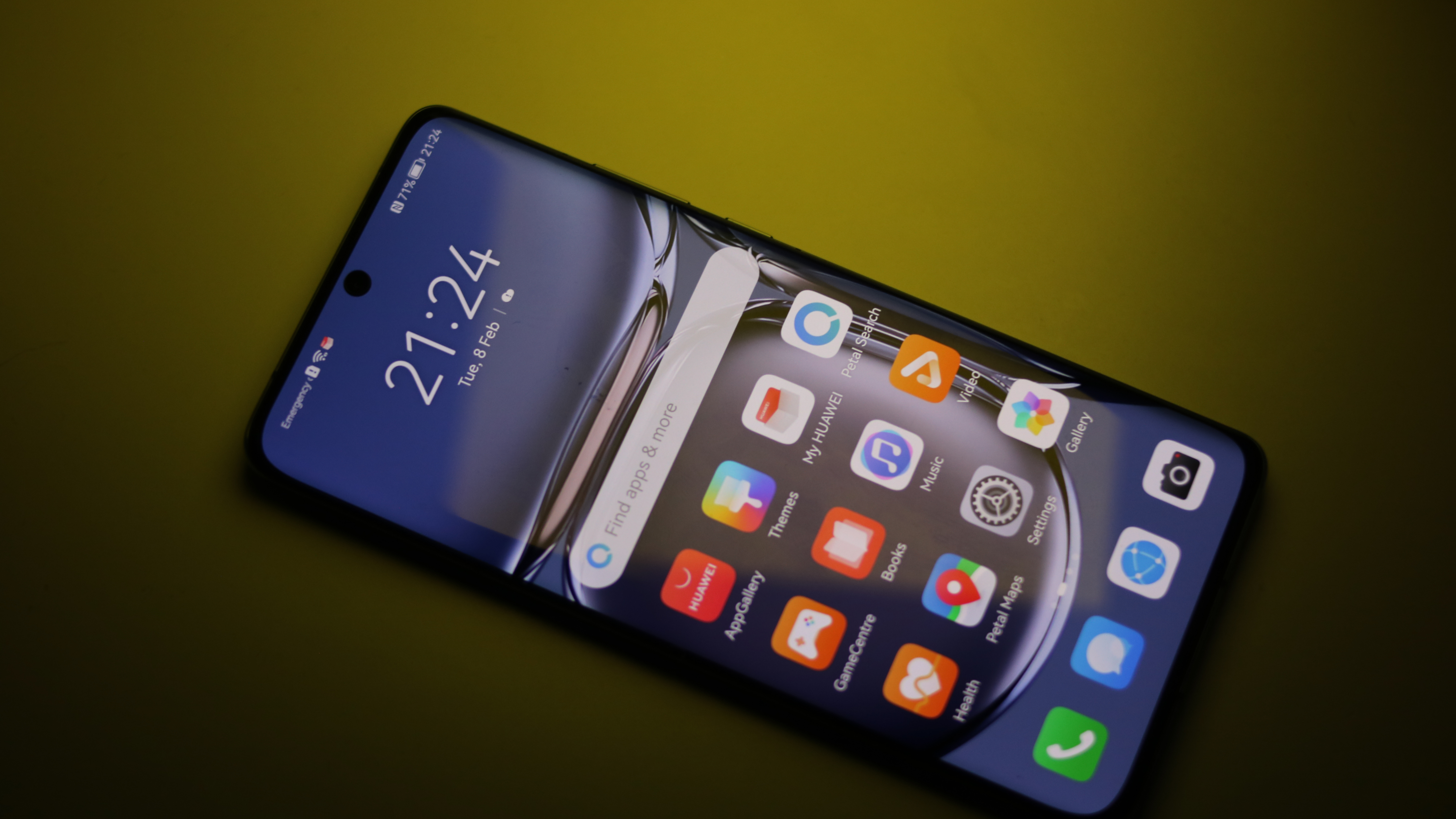
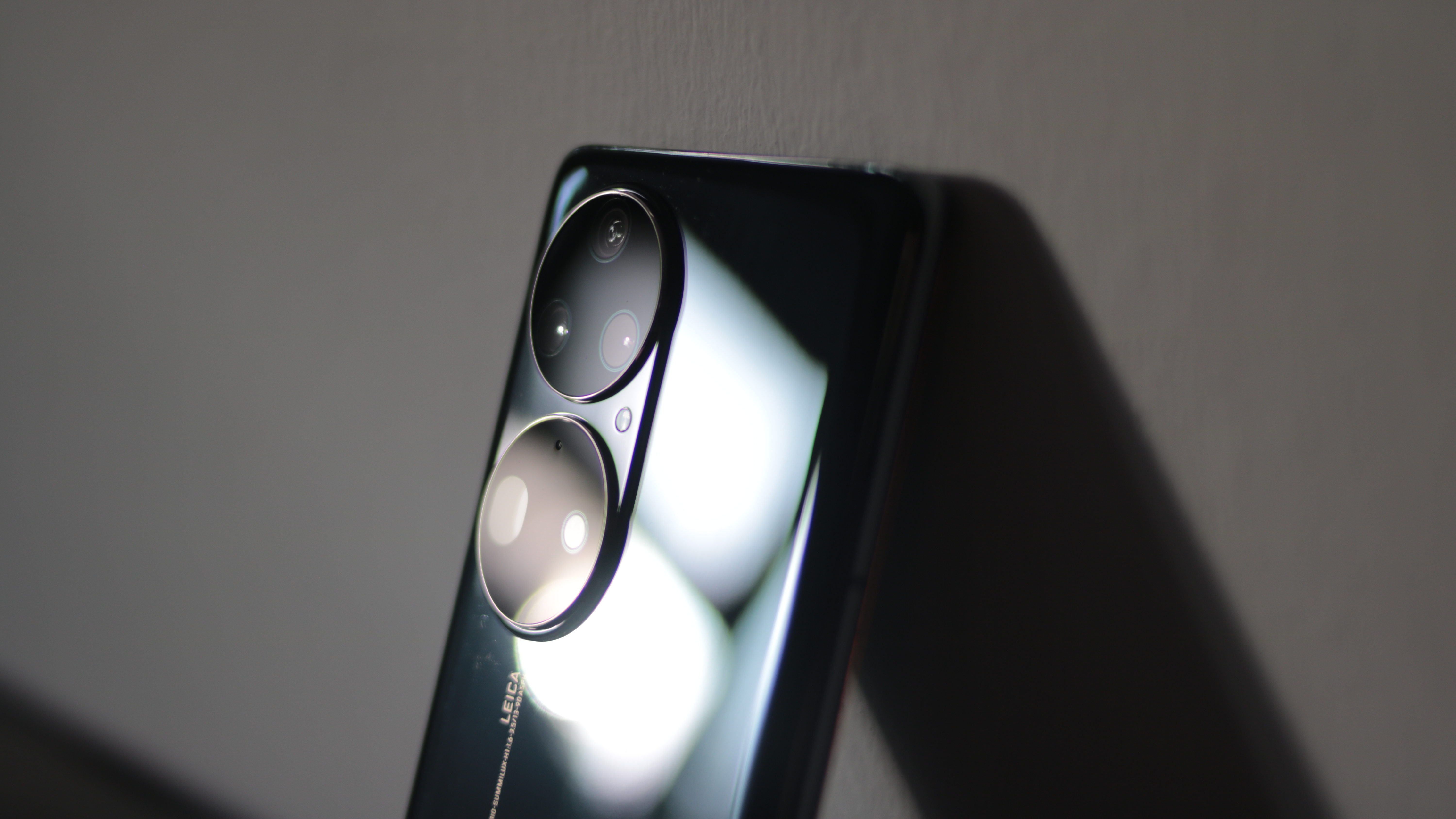
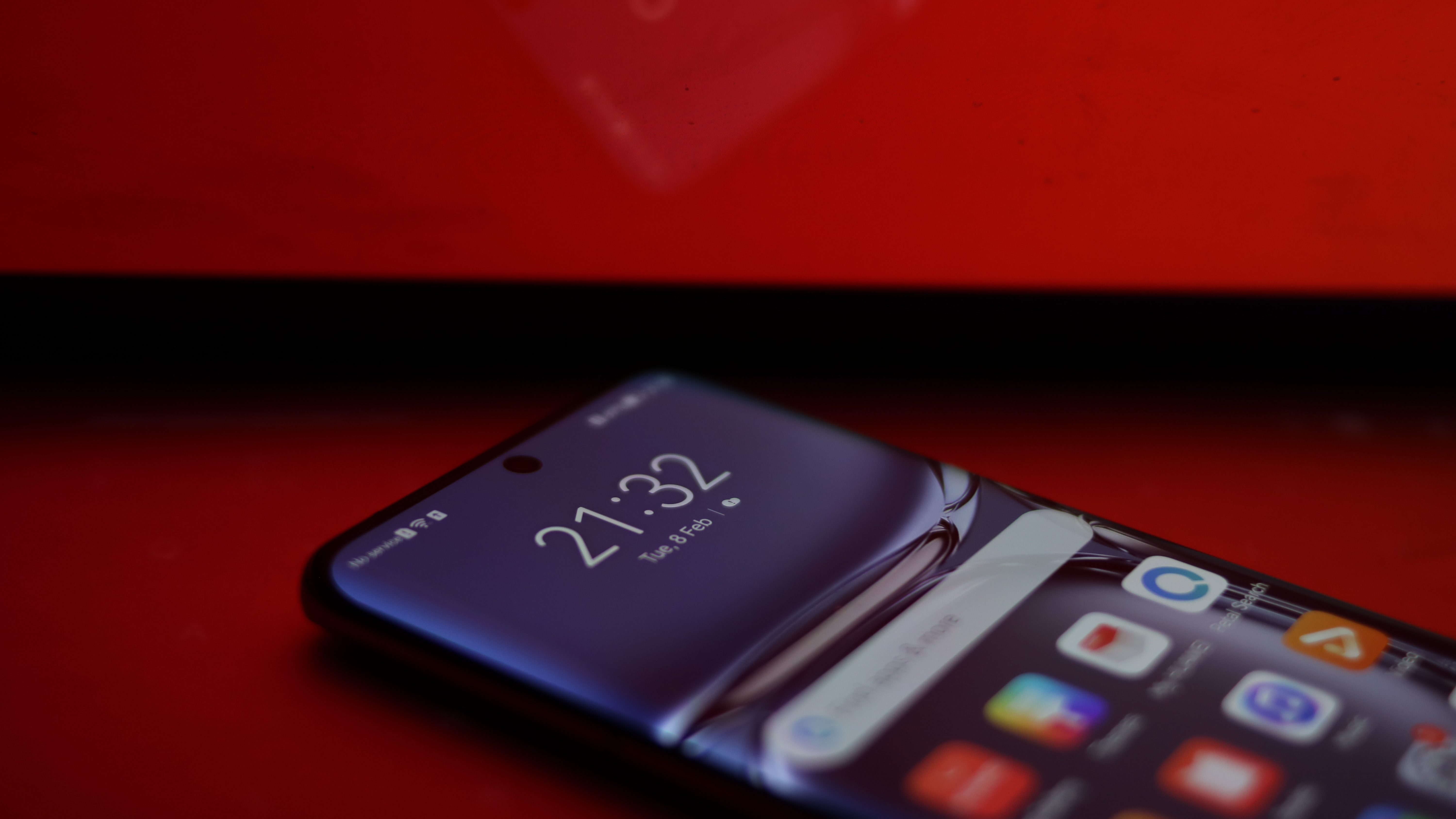
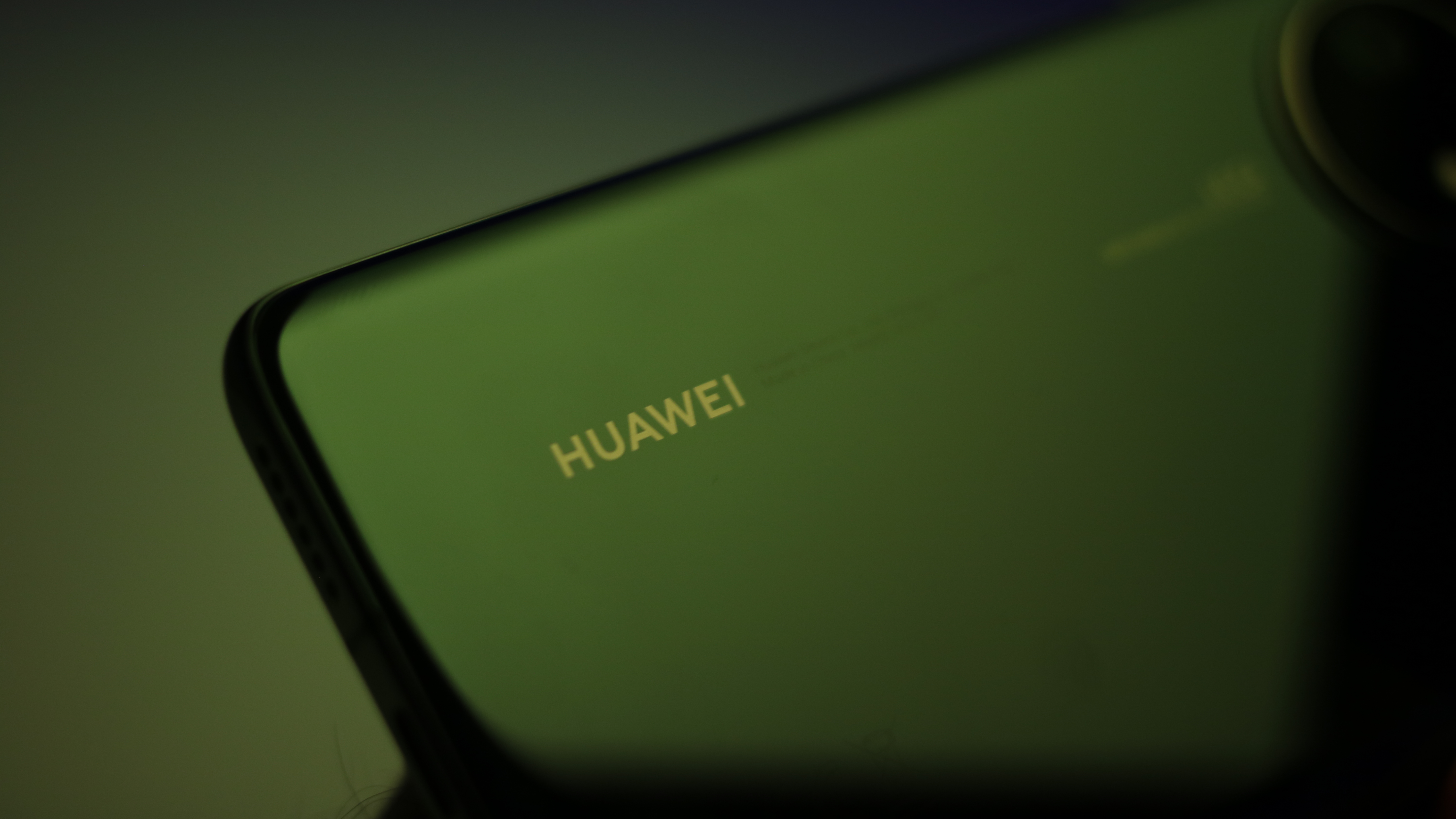
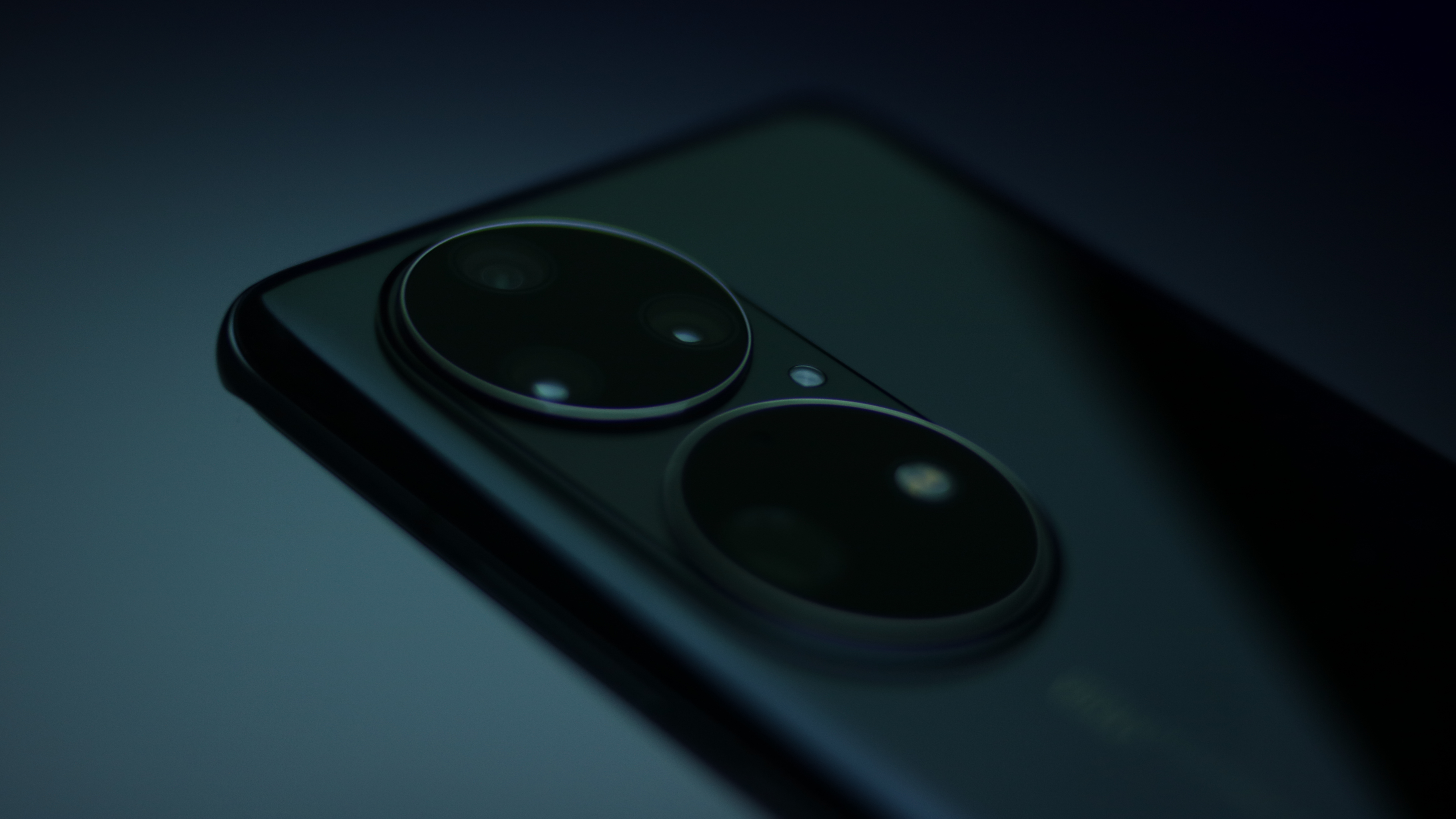
With the Huawei P40 Pro coming out in 2020, you'd be forgiven for assuming that the company would be on the P60 by now. Instead, it's 2022 and we've only just gotten our hands on the P50 Pro, over a year later than expected.
There are a number of reasons for the delay, including the global semiconductor shortage, which might also be the reason the handset is only 4G-enabled. But was it worth the wait?
Huawei P50 Pro review: Design
The restrictions on what Huawei can put in its handsets don't appear to be much of an issue to its design teams, which continue to create beautiful pieces of hardware. The P50 Pro is arguably its most elegant smartphone to date. It features an aluminium chassis with a super shiny glass back cover and two black circular camera modules with fancy gold trimming. The phone comes in either 'coco-black' or, as with our review unit, 'black and gold' - although to be honest, this is actually closer to a bluish-grey with gold accents.
The camera modules emphasise the Leica partnership in that they give the device a DLSR-like look. But they're also a realistic way of housing more than three lenses in a smartphone without making it look like a silly monster. And they're less obtrusive than ones we've found on other flagship smartphones, such as the iPhone 13 Pro Max, or that massive camera bar on the Pixel 6. So the P50 Pro is a little bit slimmer than both iPhone and Google models at 8.5mm, and also lighter at just 195g.

The screen is also flanked by super slim bezels that curve around the corners in a very pleasing way. There is a slight curve at the edges, similar to the Pixel 6, and we didn't notice any annoying accidental palm touches when holding the device in one hand. Whatever issues we may have with the P50 Pro, none of them can be attributed to its build, because it is an absolute work of art.
Huawei P50 Pro review: Display
Keeping eyes on the display, it's a 6.6in OLED panel with a 91% screen-to-body ratio, 1,228 x 2,700 resolution, a 120Hz refresh rate and HDR capabilities. The refresh rate can be set to three different modes; you can have 120Hz on all the time or drop it down to 60Hz. Alternatively, you can have it automated with the default "dynamic" setting which selects the right time or content to use the full capability. The aim here is to save battery life as scrolling sites with a silky-smooth display is a very power-hungry pastime.
Colour levels can also be subdued or boosted with "normal" or "vivid" settings but you get dazzling quality regardless of which option you select. Under the vivid setting, the display scored 100% for sRGB colour coverage (and 143.5% for volume) which is a percentage above the 99% scored by the Samsung S21 Ultra. That quality was very much apparent in day to day use, as we enjoyed a crisp and colourful display. What's more, its brightness peaked at 532 cd/m2 which not only looks good on paper, it was more than adequate for almost all weather conditions the UK could muster.
Sign up today and you will receive a free copy of our Future Focus 2025 report - the leading guidance on AI, cybersecurity and other IT challenges as per 700+ senior executives
Huawei P50 Pro review: Specs and performance
When you look inside the P50 Pro, users will come across something unexpected; despite being one of the world's leading authorities on 5G hardware, Huawei has used the 4G version of Qualcomm's Snapdragon 888 processor, which is matched with either 8GB or 12GB of RAM and 256GB storage. There are reports that Huawei will offer a Kirin 9000 version of the P50 Pro that will be 5G enabled, but there are no details of when or where it will be available - or for how much.
Thankfully, however, Qualcomm's latest is a 5nm chip and that means super-fast processing power. This is backed up by a very good GeekBench 5 score, where the P50 Pro hit 891 for single-core and 3,380 for multi-threaded performance. That's far more multi-threaded power than the Pixel 6 Pro and not too far off the S21 Ultra (3,549). How it compares to the Kirin 9000 chip in the P40 Pro is sadly a bit of a mystery as we couldn't download GeekBench on that. Its presence on the P50, however, is down to the hard work that has gone into building out Huawei's app gallery. More on that later on.

Huawei P50 Pro review: Battery
When it comes to battery life, we're spending more and more time pointing out refresh rates and their impact on the power supply. Having your screen refreshing 120 times per second for the entire time it's in use drains the battery ridiculously quickly, so you'll often find an adaptive setting on flagship handsets.
In this case, Huawei's "dynamic" display setting switches from 1Hz to 120Hz to give you more chance of having your phone last throughout the day. Under our looped video test, on the dynamic setting, the P50 Pro's 4,360mAh battery lasted 17hrs 9mins, which is just slightly behind the OnePlus 9 Pro (17hrs and 32mins).
Heavy use of social media is likely the reason your P50 Pro will die before the end of the day and that was certainly the case for us, but it does come with 60W fast charging and 50W wireless charging. Both work quite quickly, with the fast charger taking you from less than 5% to full in around 50 minutes.
Huawei P50 Pro review: Features
For European customers, the P50 Pro comes with its EMUI 12, rather than the HarmonyOS software used in China. It has a slightly messy default UI full of subfolders and apps you'll never use or see again if you leave the Huawei ecosystem. but these can be switched about effortlessly.
Unfortunately, we can't fully review a Huawei smartphone without mentioning the lack of Google services. To its credit, the Chinese firm has made great strides with its own app ecosystem which is now far better stocked than it ever has been. You can get many of your other favourite apps, such as Netflix, WhatsApp and Spotify, but as APK downloads. This is down to Huawei's Petal search, which does all the complicated bits here, such as scanning for the safest option and then double scanning what it recommends to check it's safe to have on your operating system.

As such, downloading WhatsApp is fairly straightforward, though you won't be able to access history logs because they're Google or iOS-based. However, the real game-changer, certainly for Huawei's smartphone business, is that you can download third-party email apps, like Microsoft's Outlook, where you can set up your Gmail account. While it isn't ideal to have it within a third-party app, or via an APK download, this does feel like a sideload that should be mentioned more often.
For those that use other Huawei hardware, such as its laptops and tablets, the P50 Pro has a new feature you might just love. This is Super Device, which is a type of Bluetooth-based screen sharing software that transports your phone's UI onto another device.
Huawei P50 Pro review: Camera(s)
As with every handset Huawei has launched since the P20, we find the company has gone big when it comes to camera technology. This is largely thanks to a brilliant partnership with Leica, which never fails to impress. On the P50 Pro, there's a quad lens setup featuring a 50MP wide lens, a 64MP telephoto one, a 40MP monochrome snapper and a 13MP ultrawide lens. Both the 50MP main lens and telephoto lens offer superb, crisp detail, though the latter is best if kept to 10 x optical zoom and below.
On the software side, Huawei's AI prowess is up there with the likes of Google and Samsung, with a range of automated features on the P50 Pro to improve the user experience. There's also a 'Master AI' option, but we found it was better to leave it alone as the normal settings take far more realistic images. Colours are captured as true to life as anything we've seen elsewhere and the amount of detail it picks up in low light settings is some kind of witchcraft. This also includes a very detail-rich night mode, which is on the level of the iPhone 13 - if not greater.
The company has also snuck in its own version of Google's 'Magic Eraser', which strangely hasn't even been mentioned in the phone's marketing. The experience is almost like for like, though the Pixel has functions that can recommend bits to remove, whereas Huawei simply lets you choose and rub it out yourself.

The video capabilities on the P50 Pro aren't as impressive though, with a little drop in quality compared to photography. It is perfectly capable of 4K shooting with up to 60fps, and it's not glaringly noticeable, but we found the detail wasn't as clear on the video side.
Huawei P50 Pro review: Verdict
Well, there you have it; a gorgeous smartphone with a beautiful display and a camera setup to rival the best in the business. However, all that will cost you a whopping £1,100. This isn't that unusual for a premium smartphone - but there are other devices available for much less, such as the Google Pixel 6 or the OnePlus 9 Pro, both of which have very similar specs.
That being said, the effort Huawei has put into building out its app ecosystem is really paying off. Both the Mate 40 Pro and the P40 Pro were almost wasted on Western Europeans because of the lack of Google services. But Huawei's P50 Pro might have that little bit more to offer.
Huawei P50 Pro specifications
| Processor | Qualcomm Snapdragon 888 (5nm) |
| RAM | 8GB or 12GB |
| Screen size | 6.61in |
| Screen resolution | 1228 x 2700 |
| Pixel density | 450ppi |
| Screen type | OLED, HDR |
| Front camera | 13MP, f/2.4 wide |
| Rear cameras | 50MP, f/1.8 wide, 64MP periscope telephoto, f/3.5, 13MP, f/2.2 ultrawide, 40MP, f/1.6 (b/w) |
| Dust and water resistance | IP68 |
| 3.5mm headphone jack | No |
| Wireless charging | Yes |
| Connection type | USB-C 3.1 |
| Storage options | 128GB, 256GB, 512GB |
| Memory card slot | No |
| Bluetooth | 5.2 |
| NFC | Yes |
| Cellular data | Yes |
| Dual SIM | Yes |
| Dimensions (WDH) | 158.8 x 72.8 x 8.5 mm |
| Weight | 195g |
| Operating system | EMUI 12 |
| Battery size | 4,360 mAh |
Bobby Hellard is ITPro's Reviews Editor and has worked on CloudPro and ChannelPro since 2018. In his time at ITPro, Bobby has covered stories for all the major technology companies, such as Apple, Microsoft, Amazon and Facebook, and regularly attends industry-leading events such as AWS Re:Invent and Google Cloud Next.
Bobby mainly covers hardware reviews, but you will also recognize him as the face of many of our video reviews of laptops and smartphones.
-
 Trump's AI executive order could leave US in a 'regulatory vacuum'
Trump's AI executive order could leave US in a 'regulatory vacuum'News Citing a "patchwork of 50 different regulatory regimes" and "ideological bias", President Trump wants rules to be set at a federal level
By Emma Woollacott Published
-
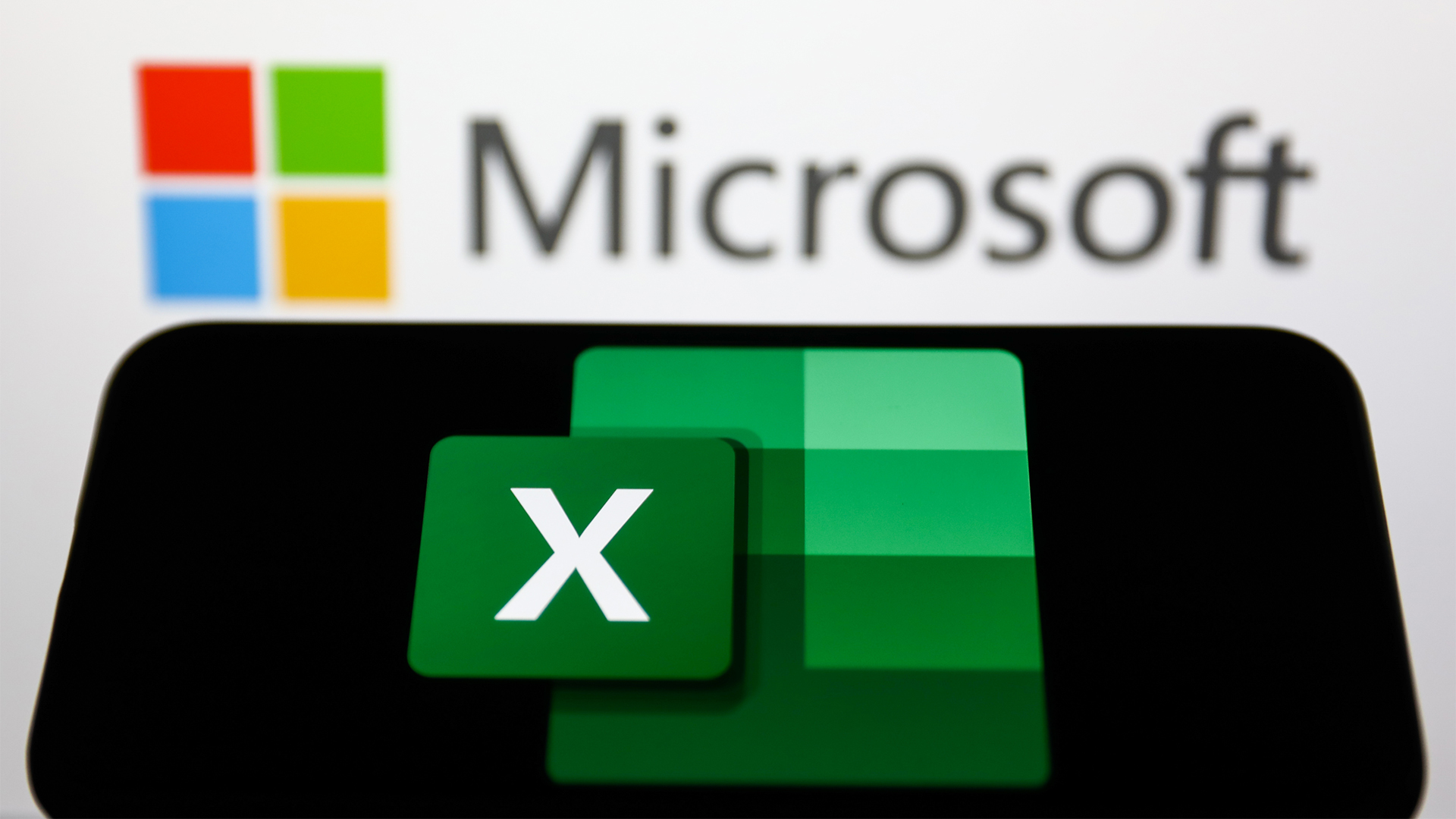 Microsoft Excel is still alive and kicking at 40 – and it's surging in popularity as 82% of finance professionals report ‘emotional attachment’ to the spreadsheet software
Microsoft Excel is still alive and kicking at 40 – and it's surging in popularity as 82% of finance professionals report ‘emotional attachment’ to the spreadsheet softwareNews A recent survey found Gen Z and Millennial finance professionals have a strong “emotional attachment” to Microsoft Excel
By Emma Woollacott Published
-
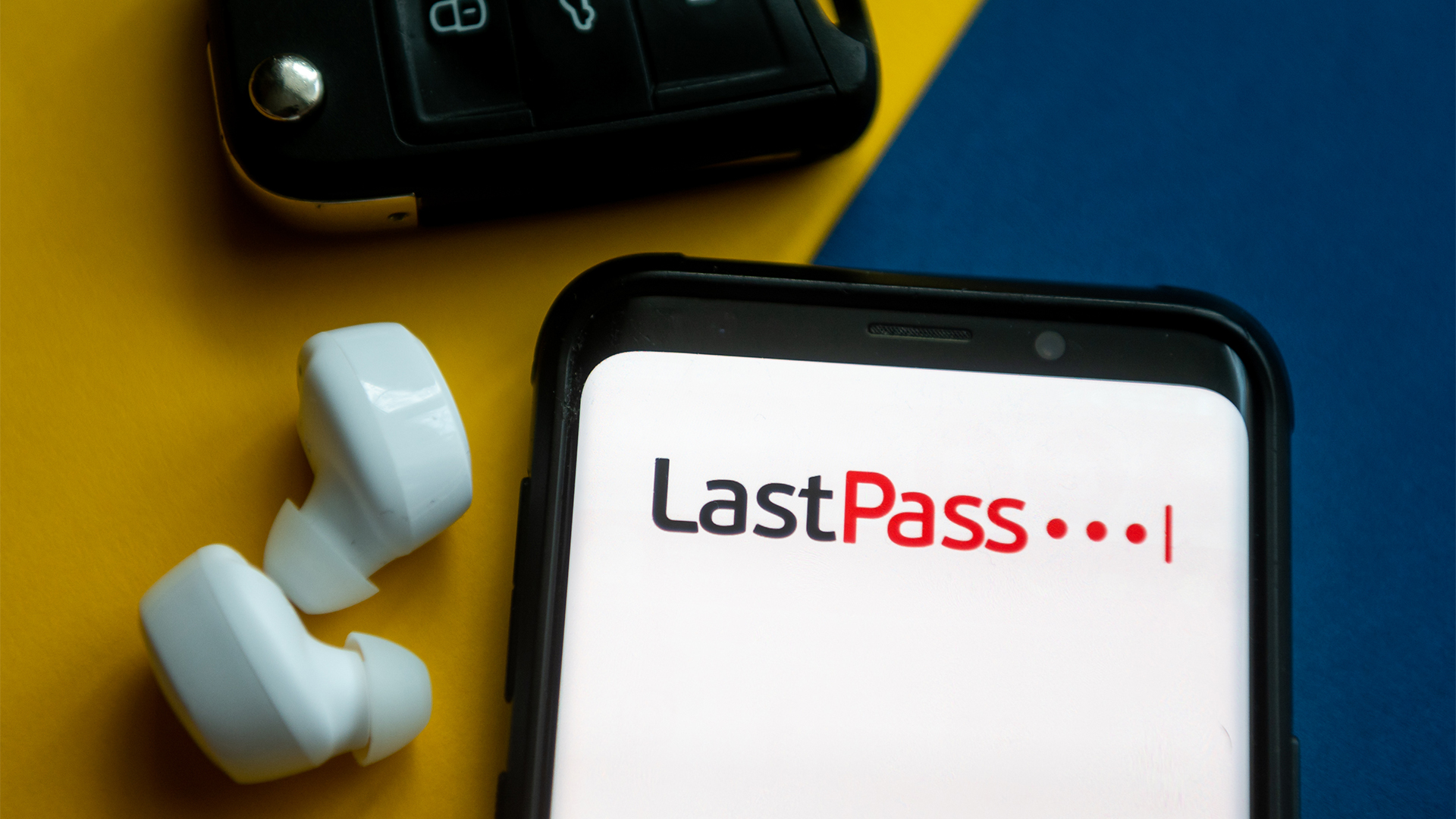 LastPass hit with ICO fine after 2022 data breach exposed 1.6 million users – here’s how the incident unfolded
LastPass hit with ICO fine after 2022 data breach exposed 1.6 million users – here’s how the incident unfoldedNews The impact of the LastPass breach was felt by customers as late as December 2024
By Emma Woollacott Published
